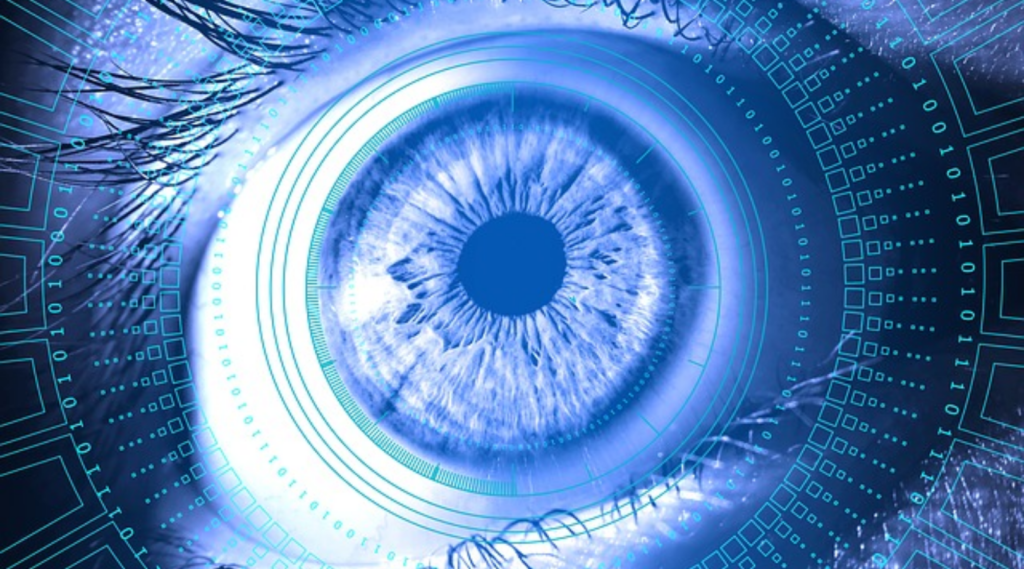Background
What grabs our attention? How do we react to certain visual imagery? Why is certain imagery more appealing than others? Eye-tracking allows you to understand the reasons behind these actions.
What is it?
At a macro-level, eye-tracking relates to the measurement of eye movement. More specifically, it refers to the recording of eye position and movement in an environment based on the optical tracking of corneal reflections to assess visual attention.
The Science Behind it
The technology used for eye-tracking is compact and non-intrusive. Eye-tracking devices are not much bigger than smartphones which allows for a natural experience for the respondent enabling better results.
Remote, non-intrusive methods have increased the accessibility of eye-tracking tools in human behaviour research that allows the capturing of movement in real-time.
Near-infrared light is directed towards the centre of the eyes (pupil), causing detectable reflections in both the pupil and the cornea (the outer section of the eye). These reflections – the vector between the cornea and the pupil – is tracked by an infrared camera.
How Does it Work?
The eye-tracking technology consists of an infrared light source (and thus detection method) that is necessary, as the accuracy of gaze direction measurement is dependent on a clear demarcation (and detection) of the pupil as well as the detection of corneal reflection.
Normal light sources (with ordinary cameras) aren’t able to provide as much contrast, meaning that an appropriate amount of accuracy is much harder to achieve without infrared light.
The centre of the pupil (as seen above) is tracked to the position of the corneal reflection. The distance between the areas enables the calculation of the gaze.
The Types of Eye Tracking: Screen-Based Eye Tracking & Eye Tracking Glasses
The two principal types of eye-tracking technologies are screen-based and glasses. They can be applied to several different fields of research, however, how they are used and the data that is churned out may differ.
Screen-Based Eye Trackers
Screen-based devices require respondents to sit in front of a monitor and interact with screen-based content. Although these devices track the eyes only within certain limits (the so-called headbox), the freedom of movement is still sufficiently large for respondents to be relatively unrestricted (at least in terms of a normal range of movement while watching screen-based stimuli).
Remote eye trackers can:
- Record eye movements at a distance
- Be fixed below/close to a screen
- Enable respondents to be seated in front of the device completely wireless
- Be applied to any screen-based stimuli such as images, videos, websites, apps etc
- Best used for analysing advertising campaigns
Eye Tracking Glasses
Mobile devices are fitted near the eyes in the form of glasses (as seen below). They allow respondents to move freely and interact with the environment around them. This is an advantage as it enables them greater accessibility.
Mobile eye trackers can:
- Record eye activity from close-up
- Be mounted onto lightweight eyeglass frames
- Enable the respondents to move around freely
- Be used for product design, in-store layout etc
Why is it Used?
The utilization of this technology means that you can optimize important areas to garner more attention and exclude certain elements that are being ignored. The accessibility of the glasses approach is that it enables you to streamline tests and conduct several remote tests at the same time.
By using this technology, you can assess customer attention to key messages in certain ad campaigns as well as UX design, and overall customer experience.
Eye-tracking provides invaluable insights into where we direct our eye movements at certain points in time and see how these movements are affected by evaluating visual attention and stimulus features such as Areas of Interest (AOI), Time to First Fixation, Time spent (Dwell time), Ratio, Fixation sequences, Revisits, First Fixation Duration, Average Fixation Duration.
Want to Learn More About Neuromarketing? Join Our Mailing List
Technology in Action
There are many real-world applications for eye-tracking from ad testing, UX design, in-store experience, and product design. Indeed. The applications are diverse and easily accessible.
Recent studies use eye-tracking glasses to examine active, in-game play within a variety of sports, from basketball to cricket, to cycling, and also football.
Looking even further into the future, eye tracking is already being applied to a new branch of sports – the competitive playing of video games, also known as eSports. Studies have investigated how expert players compare to novices, in much the same way that traditional sports have been examined.
One example can be seen in digital ads. With such a high volume of digital campaigns, it can be difficult to attract the attention of the user. Eye Tracking can be used to understand the online behaviour of various segments of customers bases. The response to different visual stimuli can be recorded and analysed to improve ad design and positioning for digital platforms.
Why Is This Beneficial?
Bottom line – eye-tracking provides insight into what visual imagery people pay attention to. For example, this allows you to structure your ad campaign to include key messaging or branding at pivotal moments ensuring maximum visibility. As mentioned before, various applications are furthering the scope and practicality of this technology. It also allows you to discover which elements people focused on for the most amount of time. The greater time spent focusing, the higher probability of long-term recall which bodes well for brand positioning.
Key Takeaways
- Know what people pay attention to is vital to understanding what elements to include and exclude
- There is a huge variety of valuable metrics & insights to understand the intent behind the audience’s engagement
- The non-intrusive technology allows for a more interactive and natural experience resulting in better results
- The remote functionality provides greater accessibility and the opportunity to achieve faster turnaround times.
If you are interested in applying neuromarketing to your business contact us here






